This is the X-Cap, a prototype self-opening lens cap for compact cameras. It’s a straight replacement for the removable lens caps increasingly found on higher-end point-and-shoots, and turns them into low-end point-and-shoots.
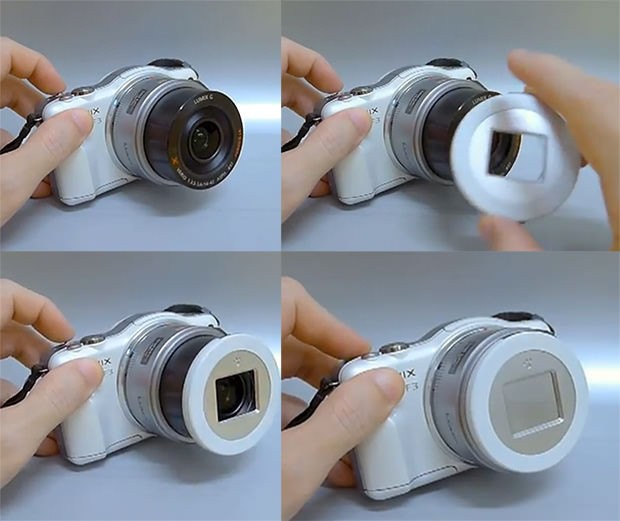
This is the X-Cap, a prototype self-opening lens cap for compact cameras. It’s a straight replacement for the removable lens caps increasingly found on higher-end point-and-shoots, and turns them into low-end point-and-shoots.
![Astro Time Lapse Camera Controller Is All Knobs And Dials [Kickstarter] wpid-Photo-24072012-1306.jpg](https://www.cultofmac.com/wp-content/uploads/2012/07/wpid-Photo-24072012-1306.jpg)
I might bang on a bit about manual knobs and dials, but sometimes they are the perfect and simple solution to a complex problem. Who wants to dig around in menus when you can just twist a ring and get immediate feedback on the result?
So it is with the Astro, a tripod-top time-lapse controller with all-manual – and all-awesome – controls.
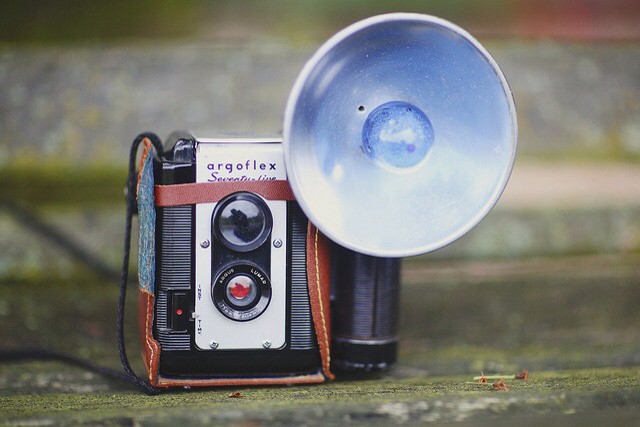
NO FLASH PHOTOGRAPHY. You’ve all read that sign, and you have all likely – being good obedient citizens – abided by the wishes of the museum or gallery which posted it. But why is it there? Why can’t you use your camera’s flash to take a photo of a painting or a sculpture? The answer, it seems, is as depressingly wrongheaded as you might suspect.
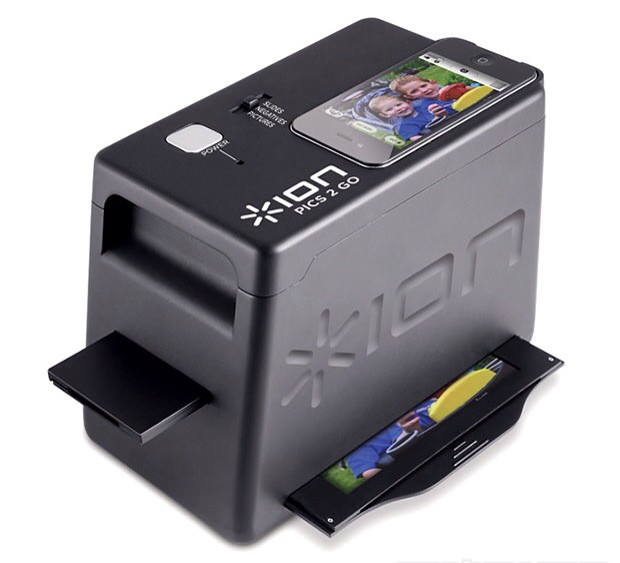
If you have a huge stack of old negatives or slides, your best bet is to send them off to India. Seriously: there are services which will scan all your negs, let you choose which ones you actually want to keep via a web browser and then get the digital files returned to you. Apparently it’s pretty cheap.
Or you could do it yourself, with the iPICS2GO Negative to iPhone Scanner. It’s a black box which uses your iPhone 4/S’s camera to snap photos of your own old film and then feeds them into software to produce the photos
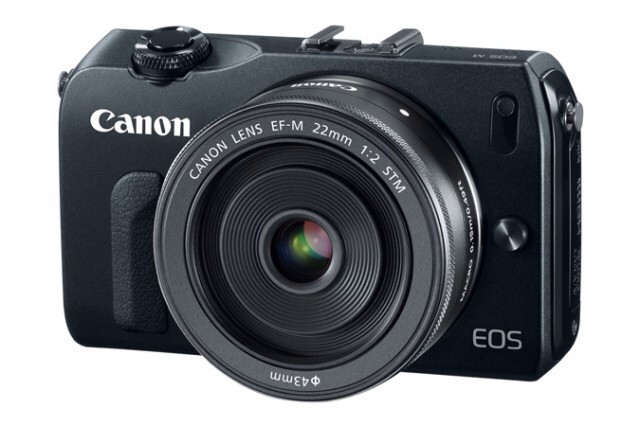
Finally! Canon has at last announced its answer to Micro Four Thirds and other mirrorless formats. And unlike Nikon, which was content to dash off a crappy toy in the shape of the “1,” the EOS M is pretty much exactly what we hoped for: an EOS SLR packed into a tiny body.
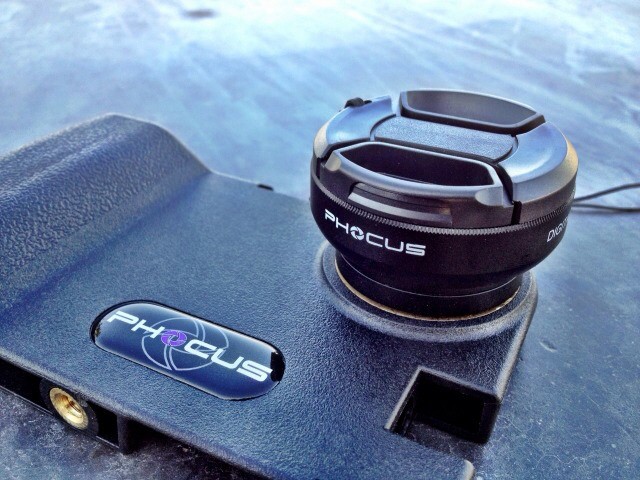
Another day, another iPhone camera lens case and adapter. This one is called the Phocus and manages to distinguish itself both by its angular, military-look styling, and by the fact that you can (with a further adapter) stick your SLR lenses on the front.

Nikon has gone all Microsoft on us and pre-announced a piece of hardware ahead of this year’s Photokina show. The kit in question is a huge monster of a lens, the 800mm ƒ5.6, which will take the place of the current 600mm ƒ4 as the longest autofocus lens in Nikon’s lineup.

The iPhone already has built-in image stabilization (which is why the frame zooms in annoyingly close whenever you shoot video), but who could argue with this tiny, cute steady-cam-a-like for smartphones? It works on a very simple principle, hanging a counterweight below the camera to stop things shaking. Despite this simplicity, though, the kit will cost you a surprising $180.
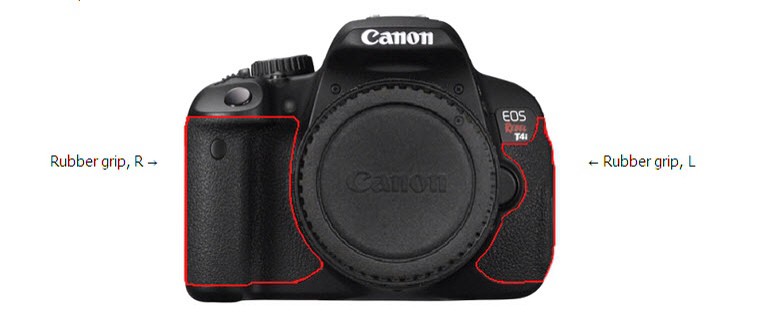
Remember the first batch of white MacBooks? Their top panels would react with the grease from your hands and turn a disgusting, smoker’s-hair yellowish brown. Not only that, but the trim on the edges of the computer was prone to flaking off like mature plastic scabs.
Apple seems to have gotten on top of this kind of first-gen hardware problem, but Canon’s new Rebel T4i (EOS 650D) is doing a similar thing, only in the opposite direction: Its rubber coating is turning white, and leaking irritating substances as it does so.

If you want to make photo collages on your iPhone or iPad, you use Diptic. Those are the rules. But a challenger is in town: Fuzel, from the Vietnamese designers at Not A Basement Studio, will launch on July 12th and looks to be a fast and easy way to make great collages.
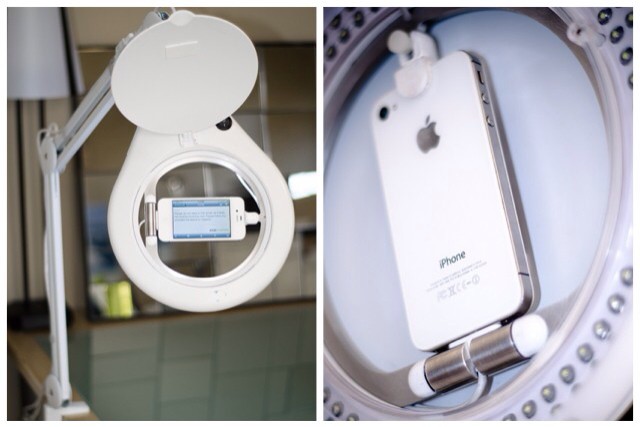
Well, I guess it had to happen some time. What? A ring-flash for the iPhone. And not only that, but a ring-flash that looks like an Anglepoise lamp. My feeling is that there are some iPhoneography nerds out there getting very excited right now.
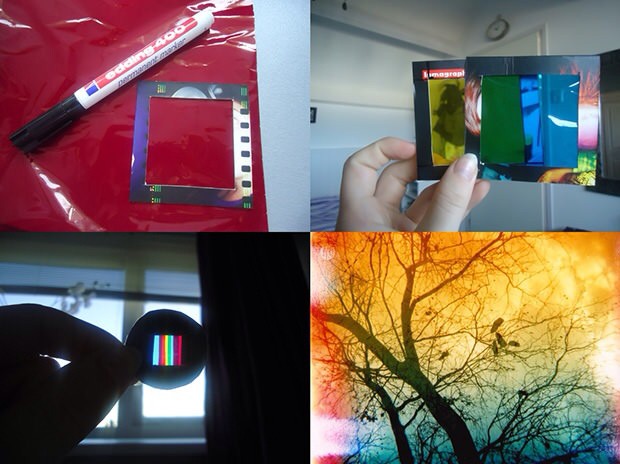
Who needs Instagram? Well, me for one, ever since I gave up on Flickr and never really got started with the evil Facebook. But I’m pretty bored with the Instagram filters already (they could toss them all except X-Pro II and I wouldn’t even notice).
And yes, there are a million other photo-filtering apps out there, but what about a little DIY? If you’re feeling adventurous, grab some tape, some colored gels and your iPhone and head over to Lomography for this great little low-tech project.
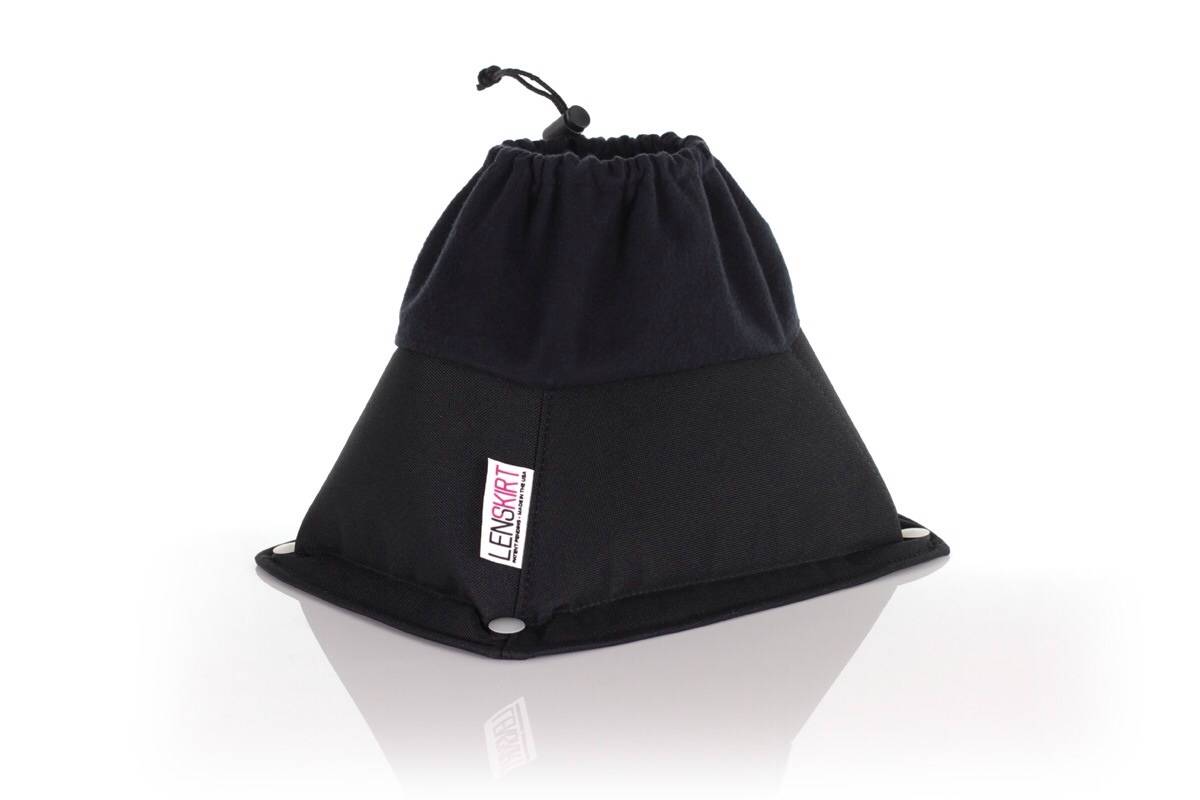
It would take a long while to get through all the innuendo-laden jokes made possible by the LenSkirt. So I guess we’ll just take things slow. But first let me tell you what it is: a black cloth bag which sticks to windows so you can shoot through glass without reflections. Now, let the schoolboy fun begin.

Samsung’s new Wi-Fi-enabled EX2F compact is a nice example of Apple-like design thinking: In order to do some things really well, it sacrifices other options. Instead of the indecisive kitchen-sink approach of Microsoft to its Surface, Samsung has laser-focused the design of the EX2F. But that’s not to say it lacks features.

If Apple made an iCamera, it would look like this. The Iris, a concept design by Mimi Zou, is so pared down that it doesn’t even have one button. And like Apple’s designs, this minimal approach brings some compromises.
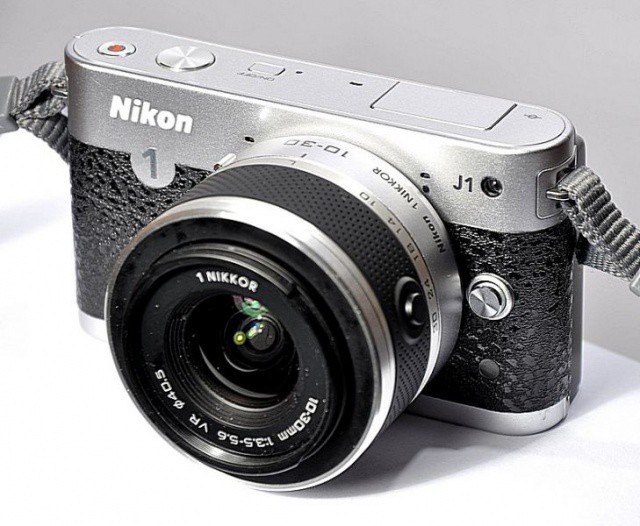
Bought a new shiny, silvery compact camera? Think that maybe it’s a bit too silver? Then why not make it less silver by covering up the silver with some non-silver grip-tape? That’s exactly what PimpMyDigicam is offering in its Leather Kit for the Nikon J1, which guarantees that you’ll see less silver.
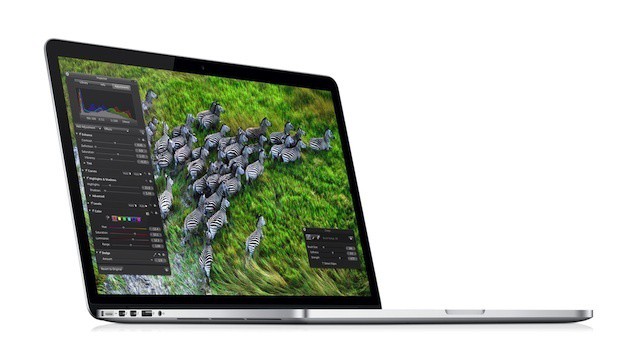
The new Retina MacBook Pro is the most pixel-loaded Apple device yet, with more than five million of the little blighters spread over 220 pixels per inch. That’s a lot of tiny dots, but believe it or not, it only translates to a mere five megapixels. And since the iPhone has had a 5 megapixel camera since 2010, pictures taken on an iPhone 4 or iPhone 4S should be able to take full advantage of the Retina MacBook Pro’s 2880 x 1800 resolution display.
So why is it that photos taken with an iPhone 4 or iPhone 4S look so crappy on a Retina MacBook Pro? That’s what Instapaper developer Marco Arment wants to know, and so do we. We have a theory though.

The Flea 3 is a weird little camera: at first glance it appears to be a 4K webcam, which would mean the ultimate in chats with mom should your internet connections (and Skype) support it.
I reality though, it’s a dirt-cheap way to start a 4K movie rig. I’ll emphasize the “start” in that, though, as you’re going to need a lot more gear than the Flea 3 itself.
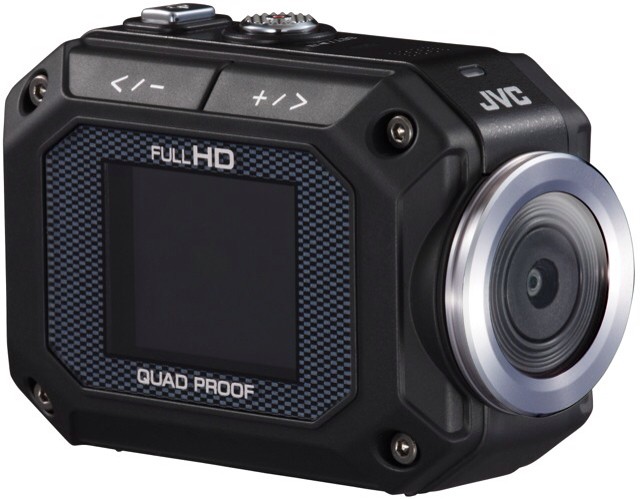
Pretty much the only segment of the camcorder market that hasn’t been destroyed by either cellphones or video-shooting SLRs is the rugged sports-cam market, if only because nobody wants to strap their iPhone or Canon 5D MkIII to their head and ski down a mountain.
So it’s no surprise that JVC’s latest offering is – you guessed it – a rugged sports cam, complete with various attachment to mount it on helmets, bikes and even goggles.
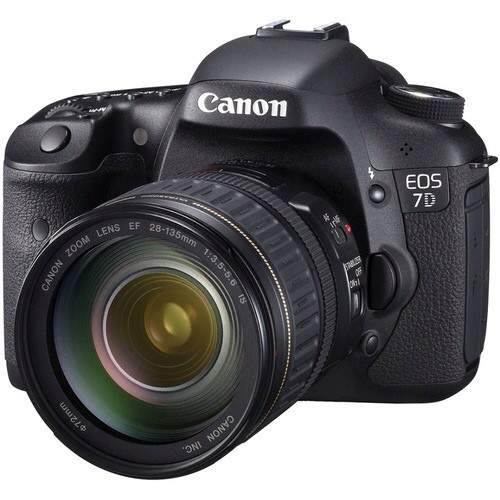
Remember the bad old days of the iPod? Apple would release a new model with a bunch of new features, and the old model – while capable of running the new software – would be left out in the cold. It was obviously a cynical scheme to make you upgrade your perfectly good music player early, but it worked.
So it is with cameras. Firmware upgrade are almost always limited to small bug fixes. The latest 7D update, though, is huge, and almost gives owners a brand new camera.
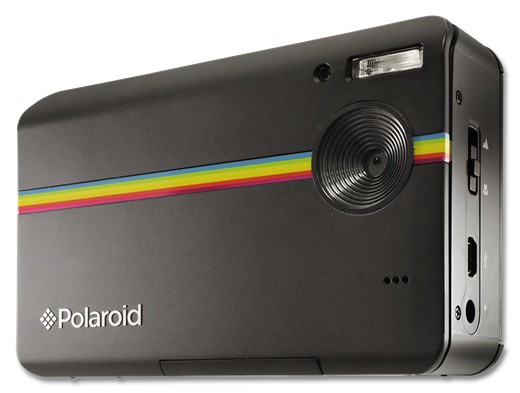
Ahh, Polaroid – how far you have fallen. Once a true icon, an essential tool for photographers and a medium for many artists, as well as being the only way to take dirty photos without getting arrested at the processing lab.
Now you are stuck licensing your name and Logo to any cowboy who wants to stick a crappy ZINK (zero-ink) printer inside a box with a cellphone camera.

If you want to buy a new zoom lens for your FujiFilm XPro-1 camera, then tough: Fujifilm says that you’ll have to wait until next year. The company has released a roadmap for its XF-series lenses and the variable focal-length lenses are almost all due in 2013.
It’s not all bad, though. Lovers of fast, fixed glass have some treats in store.
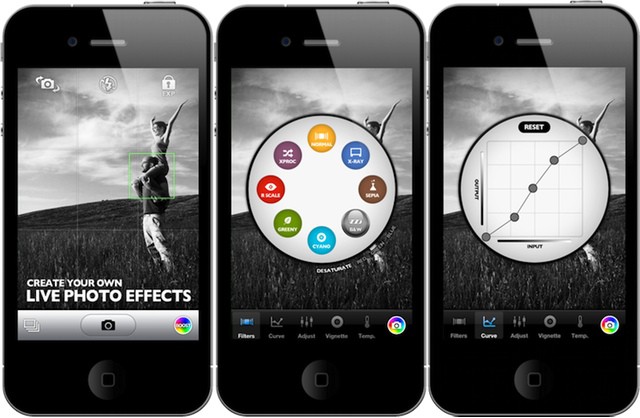
You probably love Instagram filters, and all the other image-tweaking filters in the myriad apps available for your iPhone. But no matter how many you try, they are all just presets.
What if you could make your own presets instead? That’s the promise of Booster!, an iPhone 4/s (or iPad 3 if you don’t mind pixel-doubling) photo app with infinitely changeable live filter effects.
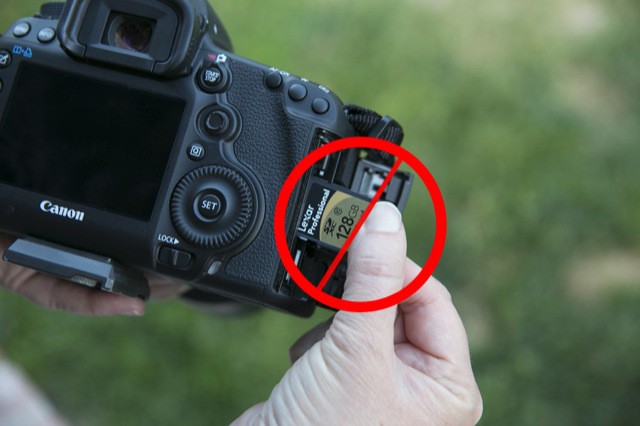
Got a super-fast Canon 5D MkIII? Love that you can just pop out the SD card and slide it straight into your Retina iPad via the camera connection kit? Not so fast – literally. Photographer Jeff Cable has done the math and found that the camera’s SD slot is slow, slow slow compared the the CF slot, and then it actually gets worse.
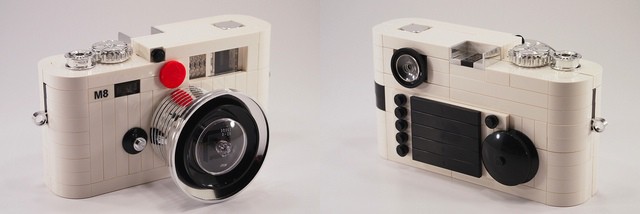
There’s making things out of Lego, and then there’s making things out of Lego. And H.Y. Leung’s amazing white Leica M8 is firmly in the latter camp. His replica rangefinder might just be the best Lego fake we’ve ever seen (outside of anything to do with Star Wars, of course).